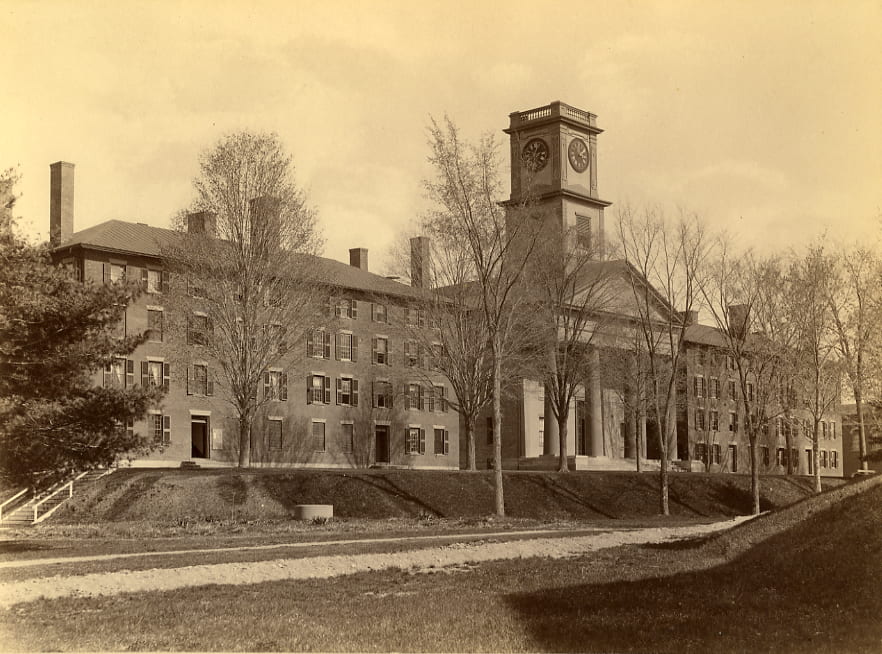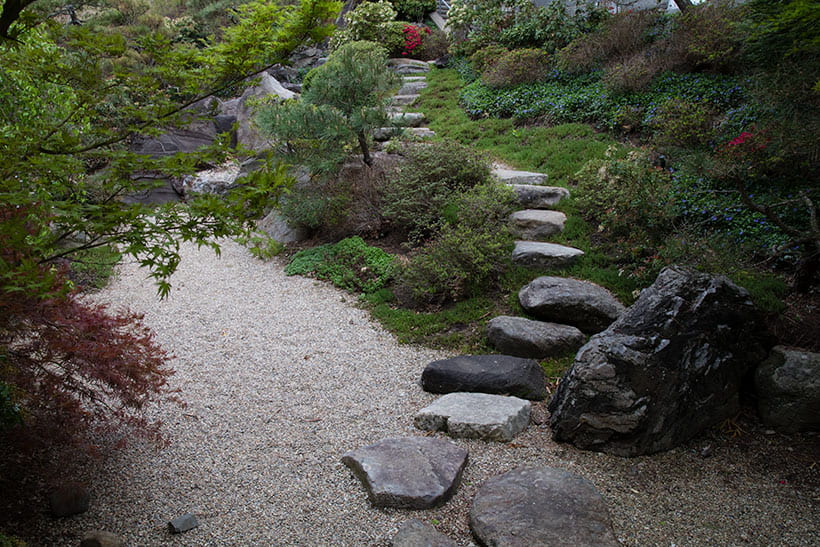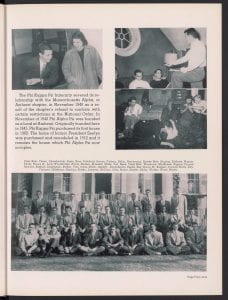One question that has stayed since me since I arrived on Amherst College’s campus in the spring of 2020 has been, “why”? In its 200th year, Amherst has changed significantly since the inception of this small College. Amherst has continued to change positively, from integrating women into the student body to the acceptance of black students into fraternities. However, you wouldn’t know of that history from walking through campus. Why?

As I walked throughout the campus for my first time, I felt incredibly lost and confused. Which way was I supposed to go, and more importantly, where is my dorm (it was a frigid 11 degrees that day!)? For a place that seemed so welcoming during my visit, I was now on my own and couldn’t find my way. The lack of signage enhanced my confusion. For Spring orientation, we were in Webster Hall scheduling our classes. It wasn’t until much later that a friend told me of a Japanese garden next to Webster. As I went to see for myself, I found a small plaque after convincing myself my friends had indeed played a joke on me and there would be no garden. But after finding it, I now had a new problem accessing it. How could this place that is meant to symbolize so much of the relationship between Amherst College and its sister school, Doshisha University, be so hard to find?

These are my main motivations for being a part of the Racial History Research Internship; to try and find an answer to all of these “whys.” Why does Amherst consider donations an integral part of deciding whether to name a building after someone and not the accomplishments of the incredible alumni it produces, including five Nobel Laureates? Why is the hallway dedicated to remembering Niijima, the first Japanese National to receive a western degree (at Amherst College) and future founder of Doshisha University, banished to the basement in Webster Hall? Why is Drew House named after Charles Drew and not Thomas Gibbs? I hope to bring clarity and a new perspective to all of these questions throughout my research.

This gives us a rare opportunity to dig up some history not mentioned in a long time and analyze how the college chooses to remember. How Amherst College reflects directly influences how the study body, those of the past, present, and future, intertwine their own histories with the college. We cannot “give light to the world” until we first give light to our past and understand how, why, and who we remember.
Edmund Kennedy
Class of 2023
Asian Languages & Civilizations major
You must be logged in to post a comment.